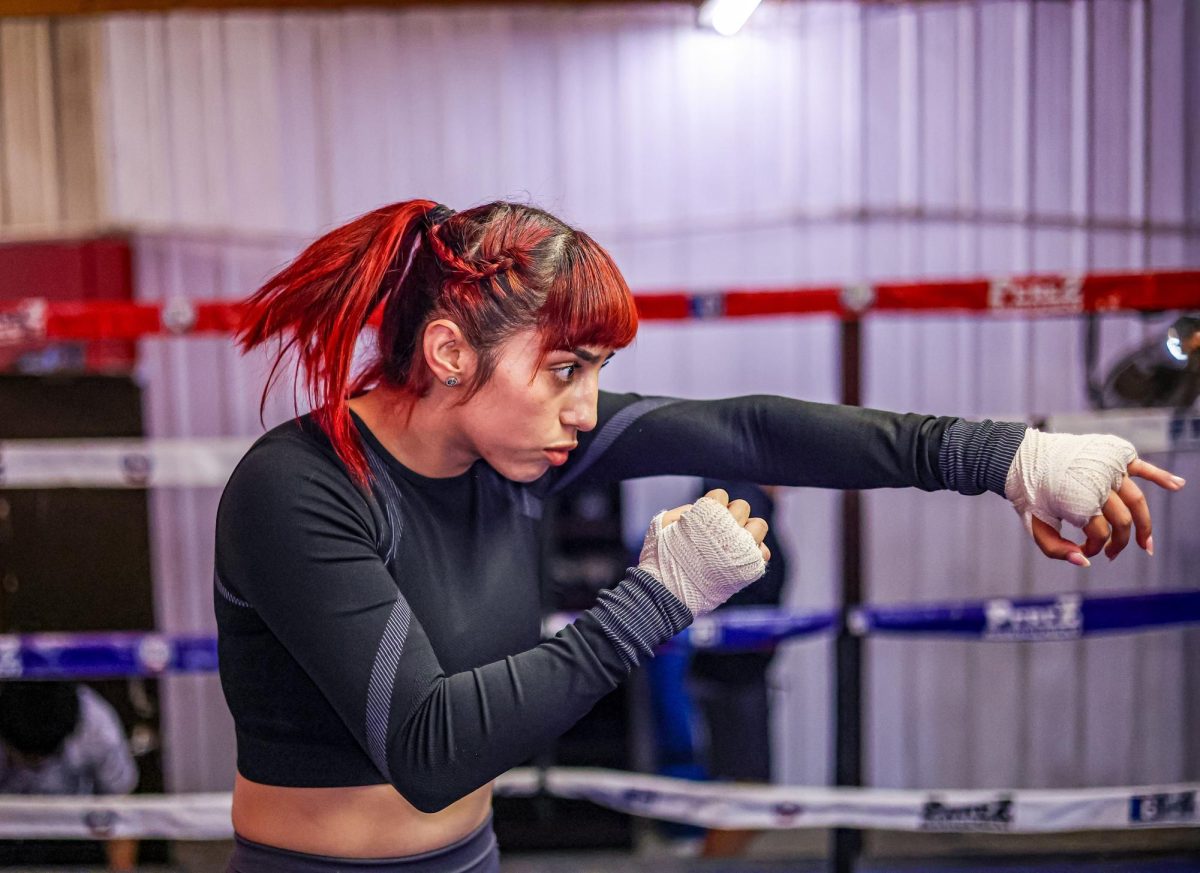It took three years for a shot at revenge, 11 months to face the cruel rival who stole their shot at glory, 18 days of work to put it all on the line once more, 90 minutes for redemption and it all will be forgotten in the blink of an eye.
On Friday, July 5, the FIFA Women’s World Cup Canada 2015 saw the USA Women’s National Team crowned world champions after they beat Japan by a score of 5-2.
It was a glorious occasion for both the ladies and the nation, as the championship marked the end of a 16-year drought for the USA, and came in at the perfect time during the Independence Day weekend.
It quenched their thirst for revenge too, as the USA lost the 2011 FIFA Women’s World Cup final against Japan in penalty kicks.
We were even treated to a heroic performance, along with the final match of a legend, as the US rallied behind Carli Lloyd’s three goals in 15 minutes, and Abby Wambach’s last game for the Women’s National Team. It was a day worthy of standing tall and beating our chests with pride.
They even got a NYC ticker-tape parade, the first of its kind for a women’s team, and the first to honor a female athlete since 1960.
We can be proud of our girls, enjoy the confetti and marvel at the fireworks because we are about to send them back to obscurity.
Women’s sports are in a peculiar position, we love our girls, and the past couple of days has shown that, but we are at the crossroads when we have to decide if we really care about them or if it’s just patriotism that blinds us.
Sure, today we celebrate Alex Morgan, but the vast majority would be hard-pressed to name the team she plays for, how much money she earns or how her club career is going.
To put it in perspective, most don’t even know that the U.S. has had two women’s professional soccer leagues in the span of eight years. That’s unfortunate to say the least, but at least the women have somewhere to play at home, even if it’s only nine teams.
As far as salary goes, things are even bleaker.
Time Magazine released a report that revealed the uphill battle that women face in soccer in the U.S. alone. Women can earn anywhere from $6,842 to $37,800 in the National Women’s Soccer League, with each team having a salary cap of just $265,000.
The men’s Major League Soccer on the other hand has an average salary of over $300,000 and a median of $100,000
Going back to Lloyd, she is expected to receive an increase in endorsement income–somewhere between $1 million to $2 million, along with a $30,000 fee for a two-hour appearance.
Lionel Messi, the best men’s soccer player in the world, earns $23 million just in endorsements alone.
It might seem like money is the main discrepancy here, but the problem is much simpler than that.
We simply don’t care about women’s sports; if we did we would watch the games and cheer year round instead of just when the flag is on the line.
If we did, the money would pour in and everyone would enjoy a pretty healthy bank account. Sports are a simple matter, the more people watch and spend, the more powerful the sport becomes. The bigger the profit for the corporate heads, the bigger the profit for the athletes.
If women are to change their position in sports, not just soccer, it’s going to take a lot of love and dedication from fans. No more generalizing women sports as boring or turning a blind eye when they are on TV. We also must start filling stadiums and arenas outside of major games.
These are just some of the steps, there are far deeper issues to discuss, but those are best left for another time.
In the meantime, we can be proud of our girls and look forward to Rio 2016 next year, when we will care about the Women’s National Team once again.
Alonso Moreno may be reached at [email protected].





